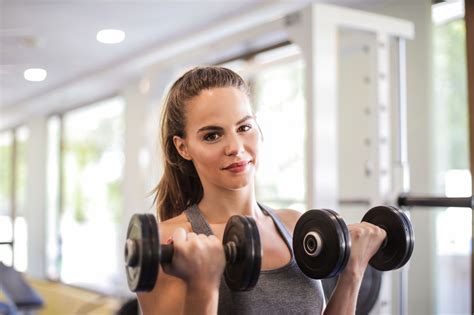
Many of them turn to isolation exercises, thinking that targeting specific muscle groups will give them the results they desire. However, this approach is often ineffective and can even lead to imbalances and injuries.
The solution? Deadlifts.
Deadlifts are a compound exercise that engages multiple muscle groups simultaneously, including the legs, glutes, back, and core. By lifting a weighted barbell off the ground, you challenge your entire body to work together in a coordinated effort.
Not only do deadlifts build strength and power, but they also improve functional movement patterns and increase muscle mass. This means that not only will you be able to lift heavier weights and perform better in the gym, but you’ll also see improvements in everyday activities like carrying groceries or playing sports.
But don’t just take my word for it. Research has shown that deadlifts can increase muscle strength by up to 30% in just 6 weeks. And if you’re worried about bulking up, don’t be. Deadlifts are a great way to build lean muscle and improve body composition.
Of course, proper form and technique are crucial for maximizing the benefits of deadlifts and preventing injuries. That’s where I come in. As a certified trainer, I can help you master the deadlift and incorporate it into your fitness routine safely and effectively.
So if you’re ready to unleash your full body power, start incorporating deadlifts into your workouts. And remember, I’m here to help you along the way.








